Baby Birdorable: Wattled Crane for Crane Week
It's Crane Week, so how about a crane edition of our Baby Birdorable series to celebrate?
If you think our Birdorable birds are cute as adults, what about when they are babies? Wattled Cranes are found in Africa, south of the Sahara. They raise their chicks near wetlands or marsh habitat, where they may reuse a goose nest or make their own sloppy grass nest. The average clutch size for Wattled Cranes is 1.6 eggs, the smallest of all the crane species. The incubation period of 33-36 days is the longest of all the cranes. Fledging takes another 100 to 150 days, another crane extreme.
Here are some adorable baby Wattled Crane photos taken at the Jacksonville Zoo by photographer Rob Bixby, shared here via Creative Commons (CC by 2.0). Can you spot the cute little baby wattle visible in some of the photos?
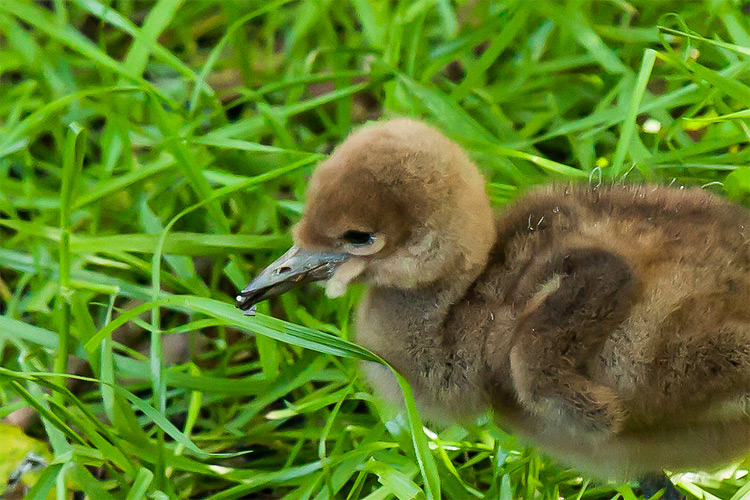
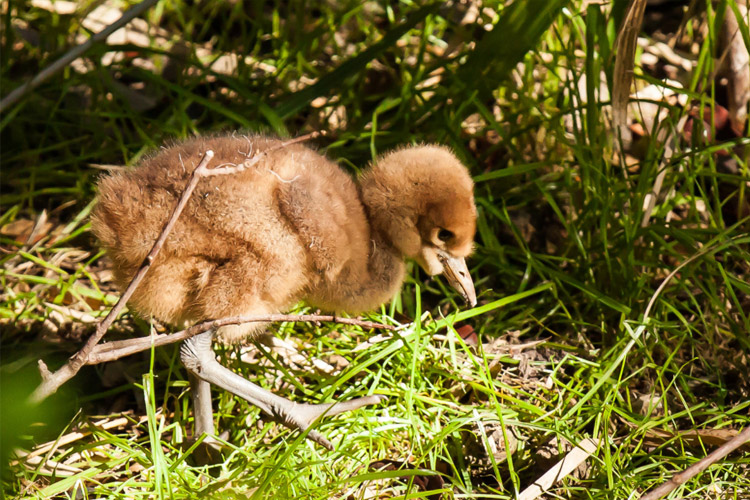
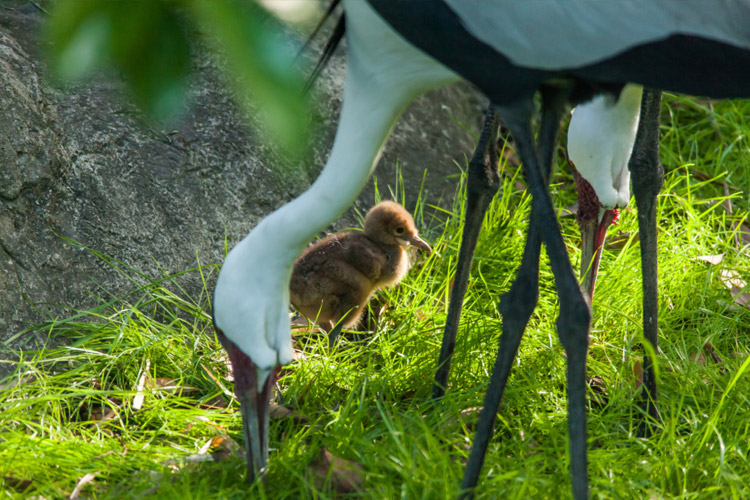
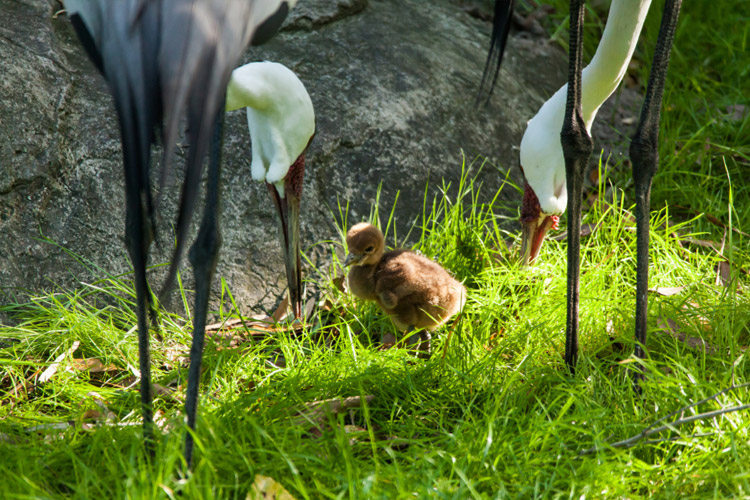
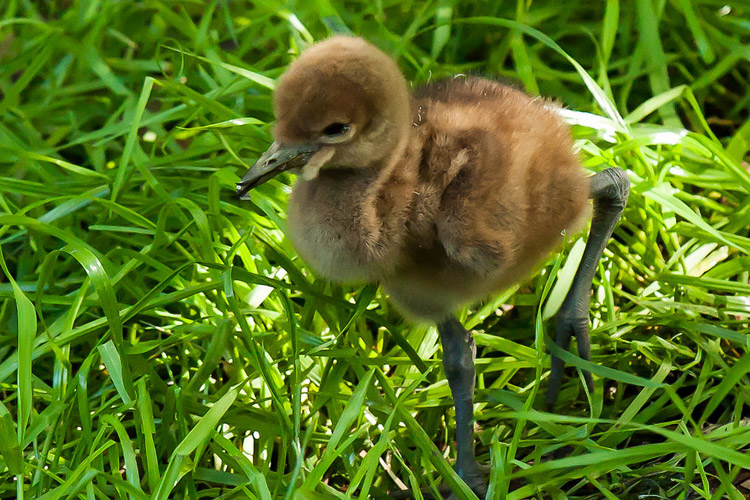
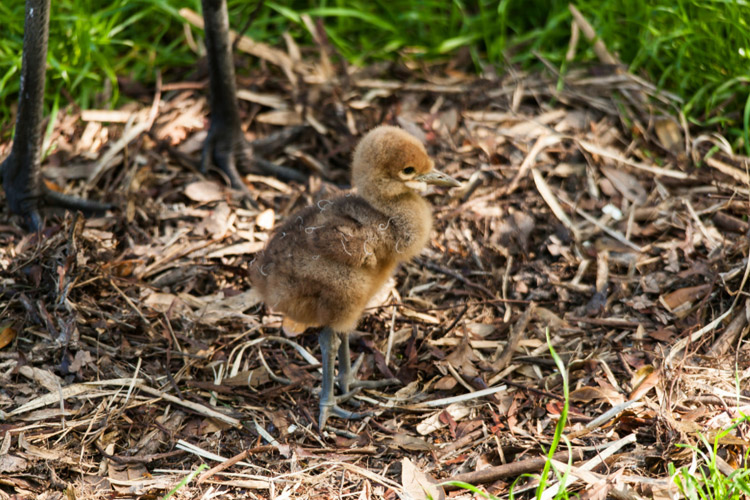
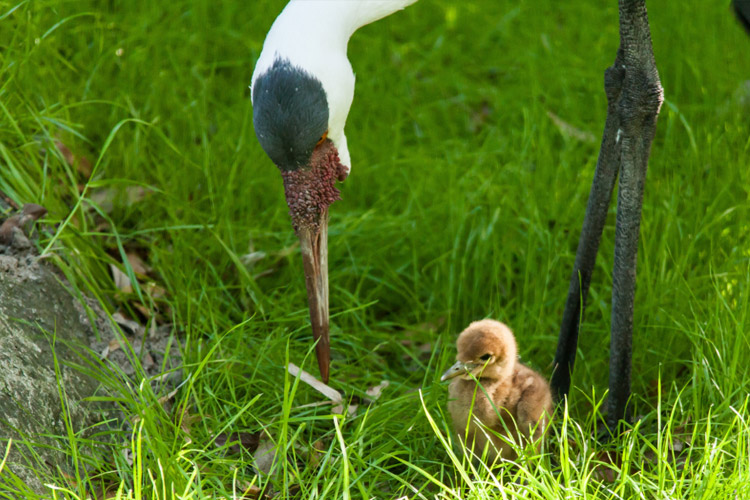
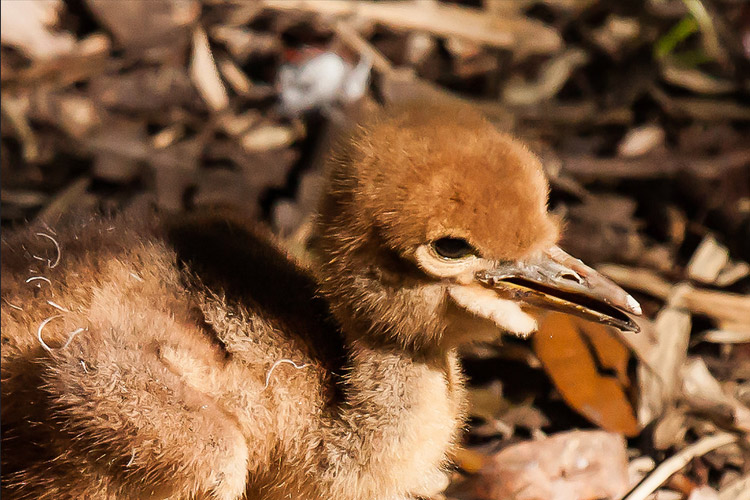





Comments
Leave a comment
Thank you!